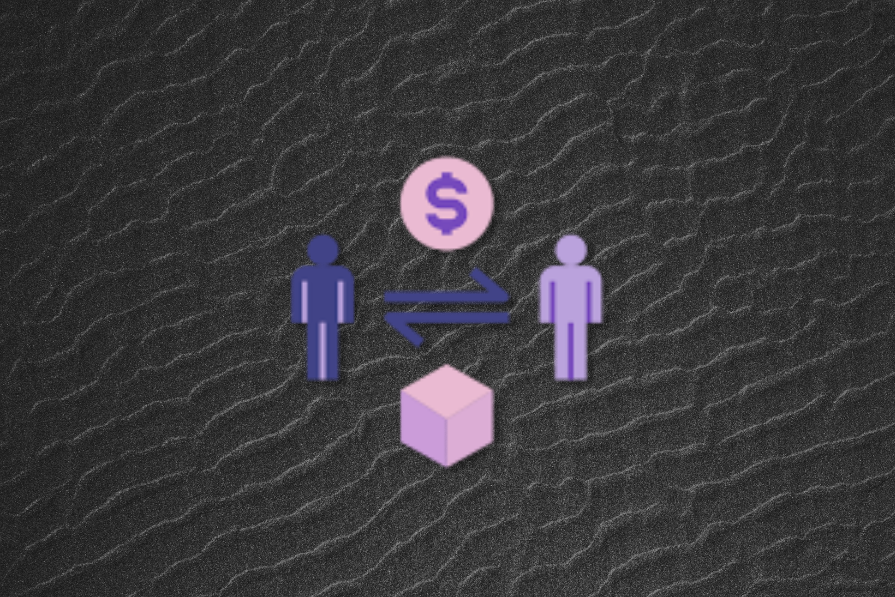#product-discovery
#product-discovery
[ follow ]
fromInc
2 days ago5 Ways to Get Your Product Discovered Online
Brands have always been able to look at macro industry and cultural trends. But being able to balance those against granular, real-time data on what people are engaging with in social, through emails, and via their browsing and purchasing habits, gives a much more complete picture about the types of products and experiences that are really resonating. And now, with AI agents, AI search and other tools taking curation to an entirely new level, it's become even more important that products present a unified front.
Marketing tech
fromSocial Media Today
2 weeks agoYouTube Shares New Report on the Growth In-App Shopping
"Through formats like unboxings, hauls, and reviews, creators have long fostered shared shopping experiences on YouTube. In YouTube's new 'shoppable' era, these shared interactions have been transformed into a tangible reality. Today, viewers can easily browse and purchase products created or recommended by creators, reshaping the long-standing relationship between creators and their fans."
E-Commerce
Marketing tech
fromDigiday
4 weeks ago'It's like Google all over again': What OpenAI's Instant Checkout signals about conversational commerce
OpenAI launched Instant Checkout in ChatGPT, accelerating AI-driven product discovery and pushing brands toward agentic commerce and zero-click search strategies.
fromSocial Media Today
1 month agoPinterest Highlights Product Discovery in its Latest Promo Campaign
Pinterest's latest branding campaign, which it first launched back in May, aims to showcase Pinterest's expanding capacity to discover products based on text and/or visual search. As you can see in this example, the new promo spots demonstrate the option to segment different elements from each Pin image, in order to find related, or more personally relevant products. In addition to this, Pinterest is also expanding
E-Commerce
fromHackernoon
2 months agoValue Today Means Moving Faster Than the Plan | HackerNoon
We live in a time when information moves faster than decisions. AI, automation, and integrations cut the development cycle from months to days, but at the same time push teams into shallow thinking. People stop going deep because there are too many goals, and priorities shift before you even finish the plan. Before, working frameworks relied on stability: you could build a model, agree on it, and use it for years. Today there is no stability, and approaches that ignore this fact become empty shells.
Software development
Software development
fromLondon Business News | Londonlovesbusiness.com
5 months agoHow software product discovery services helps businesses find new development paths - London Business News | Londonlovesbusiness.com
Software product discovery services help businesses navigate digital challenges and uncover growth opportunities.
Marketing tech
fromSkift Meetings
6 months agoCommerce, Not Content, Drives Events, New Freeman Report Finds
In-person events now prioritize business outcomes over education, proving essential for product discovery and sales.
Attendees have higher expectations for events, emphasizing ROI and direct interactions with experts for optimal decision-making.
[ Load more ]

